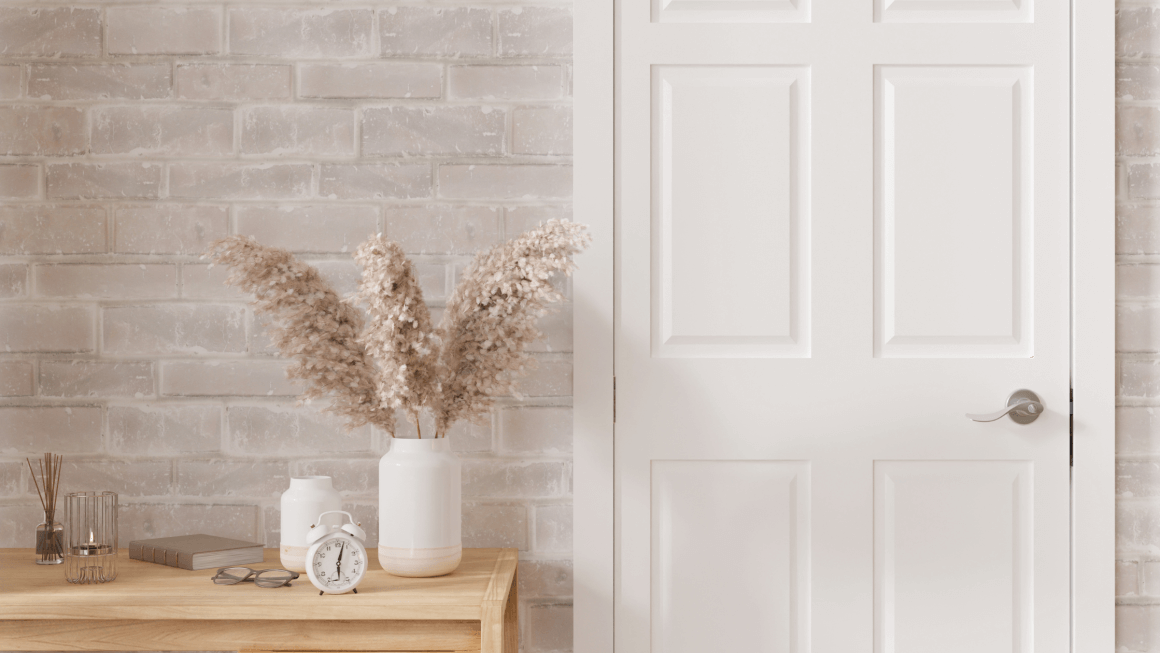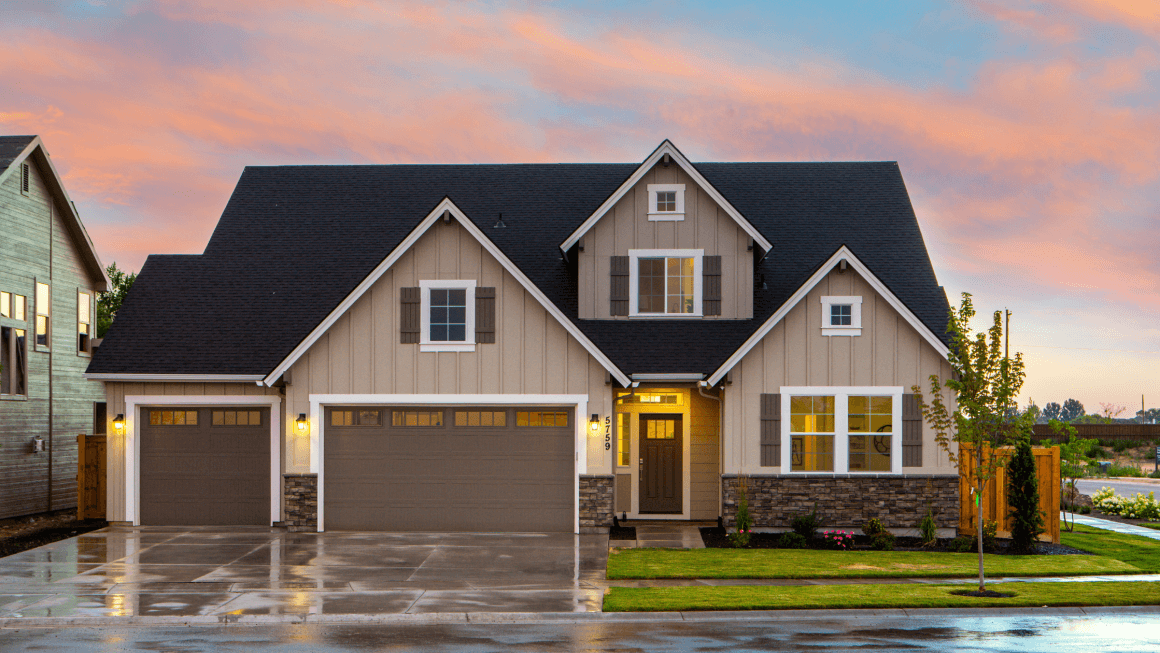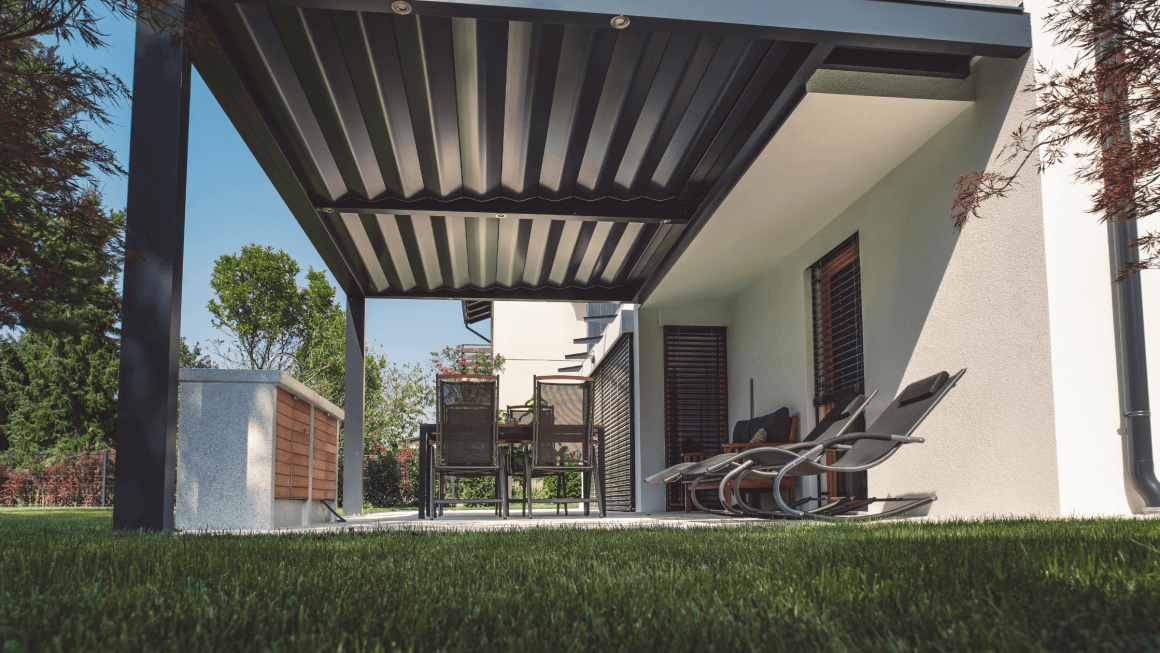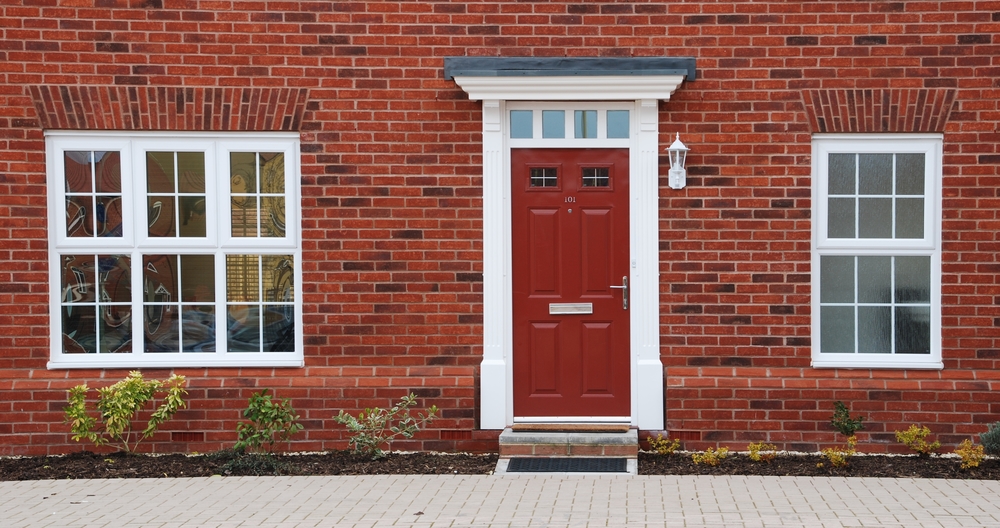
In recent years there have been huge steps made to making uPVC doors more energy efficient and better at retaining warmth due to the fact that energy costs keep going up and up and we’re making more efforts to reduce the impact of global warming. This is great news if you have uPVC doors but what about if you have, or prefer, wooden doors; are wooden doors energy efficient too?
The benefits of wooden doors are a big pull for many home owners as they offer a more traditional image than uPVC doors, can be painted to suit your tastes and match the decor of your home and can be maintained to last a longer amount of time.
A lot of heat lost in the house is lost through the doors and windows, therefore ensuring that your doors are energy efficient is key. So let’s take a look and see if wooden doors, first and foremost, are energy efficient and how you can improve the energy efficiency of your wooden doors.
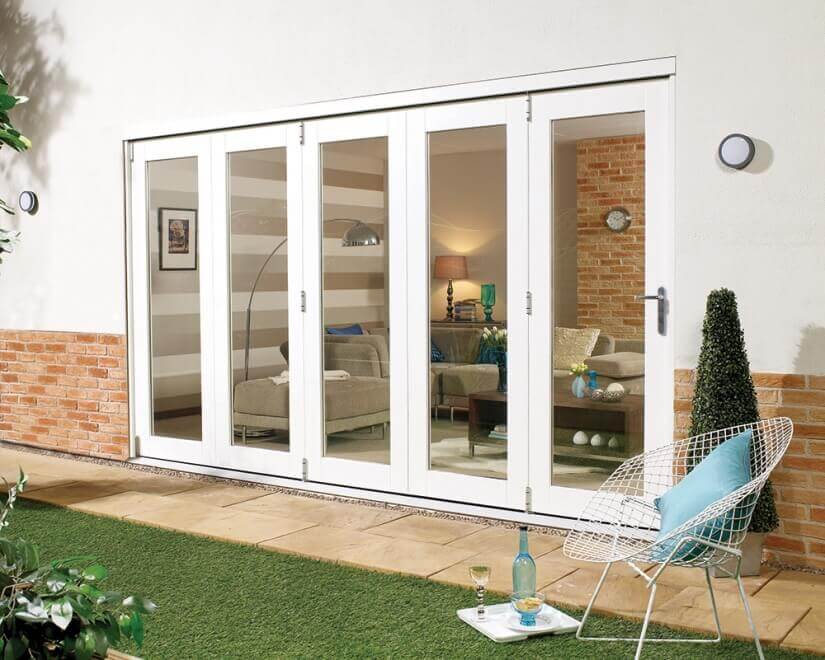
Save money on your heating bills with solid wood doors. Stunning oak, hardwood and redwood exterior doors to suit any home. 10 year guarantee – buy online now!
The Search for Energy Efficient Doors
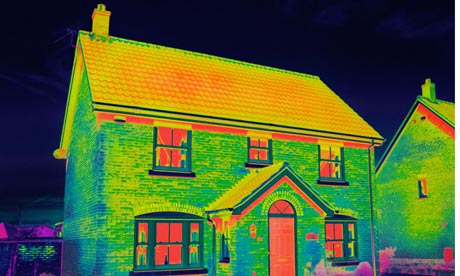
When talking about energy efficiency, we talk about the u-value of things, and the simple rule for u-vales is the lower the better. Back in 2010, the rules and regulations for building work changed, bringing the maximum u-value for doors down to 1.8W, and the standard external wooden door would have a u-value of 2.5-3.
This is why new build houses today pretty much all feature uPVC or composite doors. So why buy a wooden door? And why do wooden doors still get produced if they’re not as energy efficient as other types of doors? As mentioned before, people love the look and feel of a wooden front door.
Many consumers feel that the plastic of uPVC doors detracts from the overall style of the house, therefore many home owners choose to buy wooden doors. This coupled with the fact that wood is a natural material, so requires much less manufacturing of synthetic materials than plastic doors, which produces less Carbon Dioxide and reducesWayne’ the affects of global warming in production and disposal, means that many people still prefer wooden doors.
This leads us to the next question:
How Can Wooden Doors Be More Energy Efficient?
If like us, you prefer wooden doors, these simple steps can make your doors more efficient so you can save energy, lower costs and not have to buy a plastic door.
- Buy a Draught Excluder
Draught excluders are a really cost effective way of preventing heat from escaping from your home through your door. Heat can be lost under the door, as wood is a natural material is reacts to differing heat and moisture conditions. Simply place a draft excluder at the bottom of your door and you can greatly help reduce the amount of heat lost underneath it. - Install a Door Curtain
Just as with your windows, curtains help keep the cold out and the warmth in. A door curtain is a simple way to increase the energy efficiency of your door, but also gives you more privacy too. Door curtains are a simple addition to your home, especially if your door features glass panels. - Insulate Your Letter Box
Your letter box can be a key culprit when letting heat leak out of your door. You can purchase a letter box draught excluder for next-to-nothing, so is definitely worth adding to your door if you don’t have one already. - Seal the Edges
A lot of heat can be lost around the edges of the door and the edge of any glass installed into the door too, especially if the old weather stripping is damaged or wasn’t installed correctly previously.
Here’s a simple video tutorial that shows you how to replace an exterior door seal.
Wooden Doors vs uPVC Doors
So do the energy efficiency benefits of uPVC doors outweigh the cosmetic and traditional benefits of wooden doors so much that we should all switch to uPVC doors?
Energy advice experts YouGen state “A typical external door is broadly 1.7 sq m in area. A uPVC door with a U-value of 1.8 will emit about 70W per hour of heat in the coldest months. A solid hardwood door with a U-value of 3.0 will emit 115W. It is not clear that it is worth putting up with all the negative aspects of uPVC for that relatively small advantage.”
This shows that although uPVC doors are more efficient, the efficiency gains aren’t actually that great.
This leads us nicely back to the original question of are wooden doors energy efficient? Although not as efficient as other types of doors, you can take steps to making your wooden doors more energy efficient, meaning you can still enjoy all the benefits of wooden doors without the negatives of heat loss.
Take a look at our huge selection of timber doors, including cottage doors, external French doors, bifold doors and fire doors!



